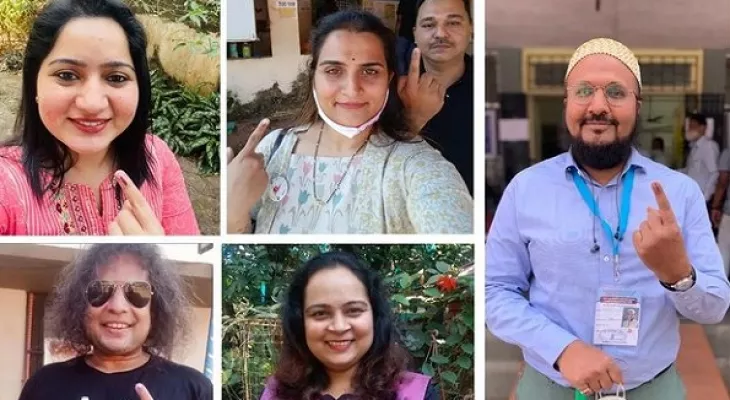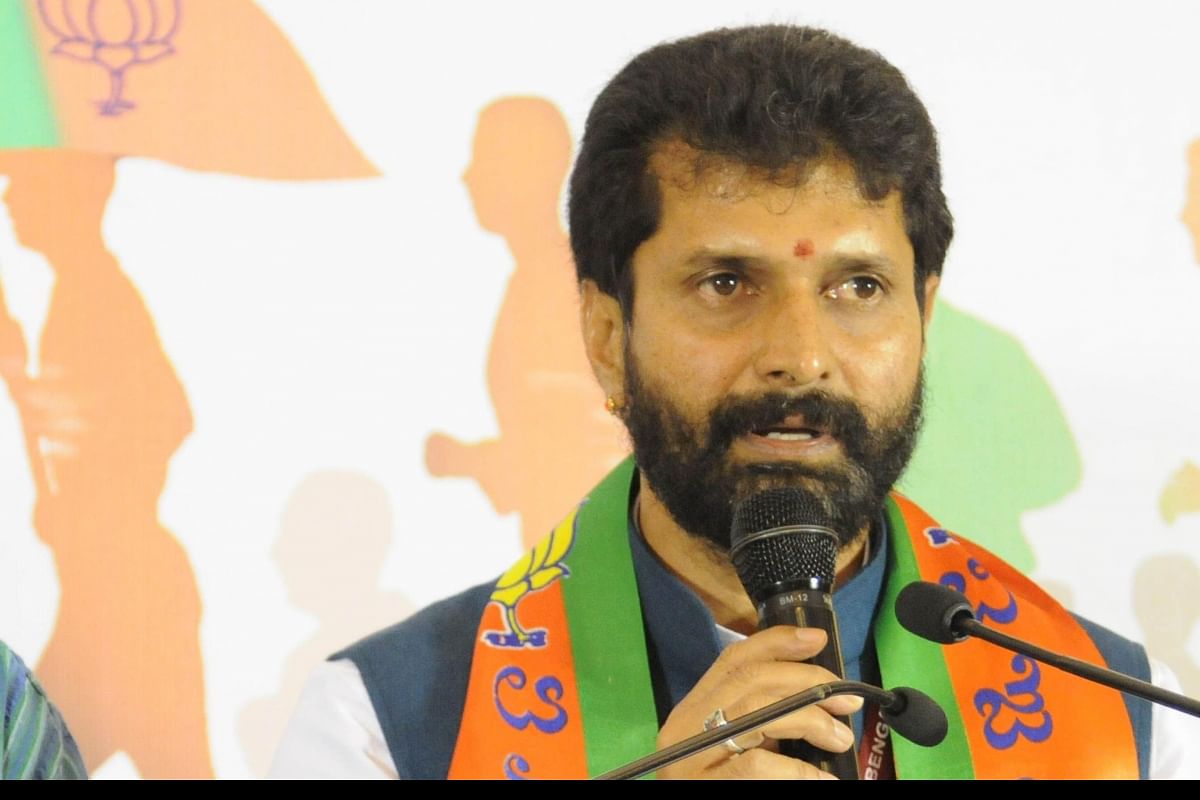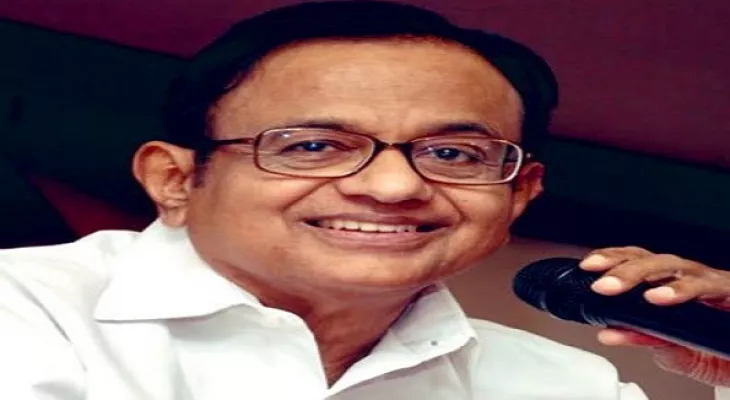Polling Ends For 40 Seats In Goa

Panaji, Feb 14: Polling to elect representatives at all the 40 seats of the Assembly ended on Monday evening. The polling, which started at 7 am, ended at 6 pm. Till 1700 hrs, 75.29 per cent voting was reported in the state, the Election Commission officials said.
According to the Election Commission officials, polling was held at 1,722 polling stations in South Goa and North Goa districts. This time 80 more polling stations were added for the single-day polling, compared to the 2017 Assembly elections. A total of 11.6 lakh electorates were eligible to decide the electoral fate of 301 candidates, including 14 women.
The electorate included 9,590 persons with disabilities (PwDs), 2,997 over 80 years of age, 41 sex workers and nine transgenders. The average number of eligible voters per booth in the state was 672.
The Vasco Assembly constituency had the highest number of 35,139 eligible voters, while the Mormugao seat had the lowest number of voters at 19,958. This time there were 105 all-women polling booths, also known as pink booths. Though the polling was slow during the morning, it picked up momentum as the day progressed.
Himachal Pradesh Governor Rajendra Arlekar, Goa Governor P S Sreedharan Pillai, Chief Minister Pramod Sawant, Bharatiya Janata Party (BJP) Goa unit President Sadanand Shet Tanavade, Revenue Minister Jennifer Monserrate, Panaji MLA Babush Monsserate, Power Minister Nilesh Cabral, Panchayat Minister Mauvin Godinho, Goa Congress President Girish Chodankar and Leader of Opposition Digambar Kamat were among the prominent persons, who cast their votes.
There were eight Ministers of the Sawant government, who were also trying their luck in this phase. These include Chief Minister Pramod Sawant (Sankhali), Deputy Chief Minister Babu Kavlekar (Quepem), Manohar Azgaonkar (Margao), Mauvin Godinho (Dabolim), Vishwajit Rane (Valpoi ), Nilesh Cabral (Curchorem) and Jennifer Monserrate.
The four Ministers, who had resigned recently, were also trying their luck. They were Deepak Pauskar, contesting as an Independent from Savordem constituency, Govind Gaude (BJP) from Priol, Michael Lobo (Congress) from Calangute and Filip Neri Rodrigues (NCP) from Velim constituency.
Deputy Speaker Isodore Fernandes who is contesting as an independent from Canacona constituency.
The other prominent leaders contesting the elections are Leader of the Opposition Digambar Kamat (Congress), former Chief Ministers Churchill Alemao (TMC), Ravi Naik (BJP), former deputy Chief Ministers Vijai Sardesai (GFP) and Sudin Dhavalikar (MGP), AAP’s CM face Amit Paleker. Out of the 40 seats for where polling was held, in 2017 Bharatiya Janata Party (BJP) won 13 seats, Congress 17, MGP three, GFP three and independents three and NCP one.
In South Goa, Congress is expecting to do better, while BJP may have the upper hand in North Goa. However, former minister Michael Lobo, joining Congress may hit the prospects of the ruling party to some extent. Almost all the political parties expressed confidence in winning a majority of the seats and forming the next government. Trinamool Congress, Revolutionary Goans, Goencho Swabhimaan Party, Jai Mahabharat Party and Sambhaji Brigade too were trying their luck.
A total of 68 independent candidates contested. To breach BJP’s fort in the coastal state, Congress has forged an alliance with the Goa Forward Party (GFP) while Trinamool Congress (TMC) has tied up with Maharashtrawadi Gomantak Party (MGP).
In the last Assembly elections, MGP had contested in alliance with Shiv Sena and former Rashtriya Swayamsweak Sangh (RSS) Goa chief Subhash Velingkar-led Goa Surakhsha Manch (GSM). However, MGP could only manage to win three seats and GSM and SS could not open their accounts. Though there were multiple candidates, face to face contest was between Congress and BJP on around 15 seats, it was a triangular fight in another seven constituencies and a quadrangular fight on five seats. From the trends of election campaign coming out so far, regarding the challenge being posed by Congress-GFP alliance, it is being speculated that repeating the results of 2017 assembly polls will not be an easy task for the BJP and may be this is the reason that the party is contesting all the 40 constituencies for the first time.
However, TMC-MGP alliance and AAP may play spoilsport in some of the constituencies. A TMC leader told UNI that they were confident that the alliance would play a pivotal role in the formation of government post assembly elections. BJP is also facing rebels, mainly in Panaji and Mandrem constituencies.
While former Chief Minister Laxmikant Pareskar is contesting as an independent candidate in Mandrem constituency, former Defence Minister Manohar Parrikar’s son Utpal Parrikar has thrown a challenge in Panaji constituency. Parrikar had represented Panaji constituency for close to 25 years. On the other hand, Congress, severely criticised for being unable to keep its flocks together, has fielded new faces in most of the constituencies. Goa Congress spokesperson Amarnath Panjikar claimed that people were voting for a change this time. Leader of Opposition Digambar Kamat is the lone sitting MLA candidate who is contesting the assembly elections on Congress’ ticket. However, BJP’s Urfan Mulla claimed that the party would come back to power for the third time and a government would be formed under the chief ministership of Dr Pramod Sawant.
The Aam Aadmi Party (AAP) is testing its luck for the second time, while Trinamool Congress (AITC) is contesting the Assembly elections for the first time and both are being seen as a challenge to the BJP and Congress. Both Congress and BJP leaders have claimed that the fight is only between the two national parties. AAP Goa vice president Valmiki Naik said the silent voters would play a major role in the assembly elections this time. Shiv Sena has forged an alliance with Nationalist Congress Party (NCP). While Shiv Sena has fielded 9 candidates, NCP is contesting in 12 constituencies. The alliance has extended support to Utpal Parrikar in Panaji constituency.






